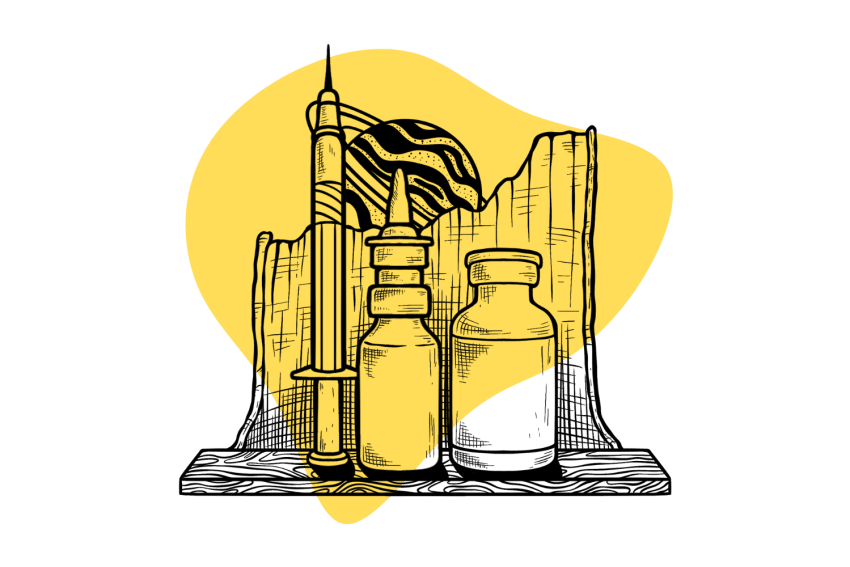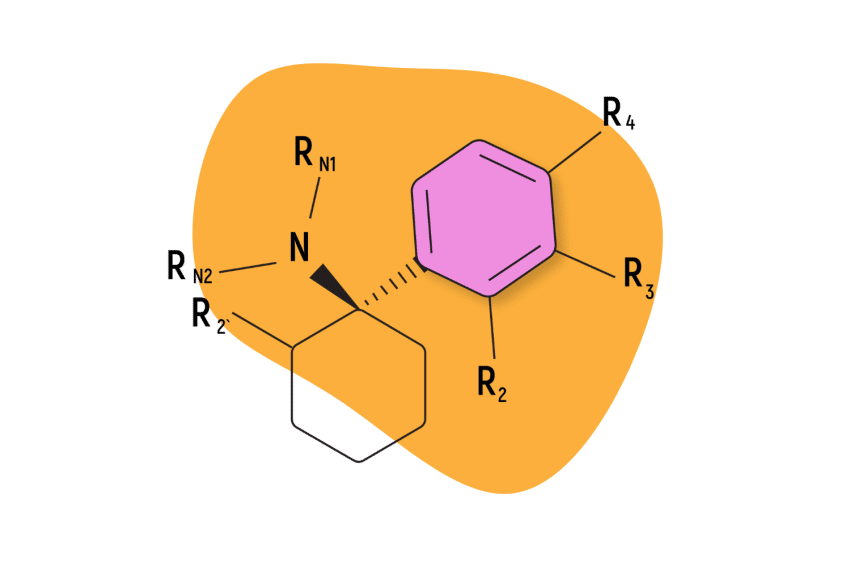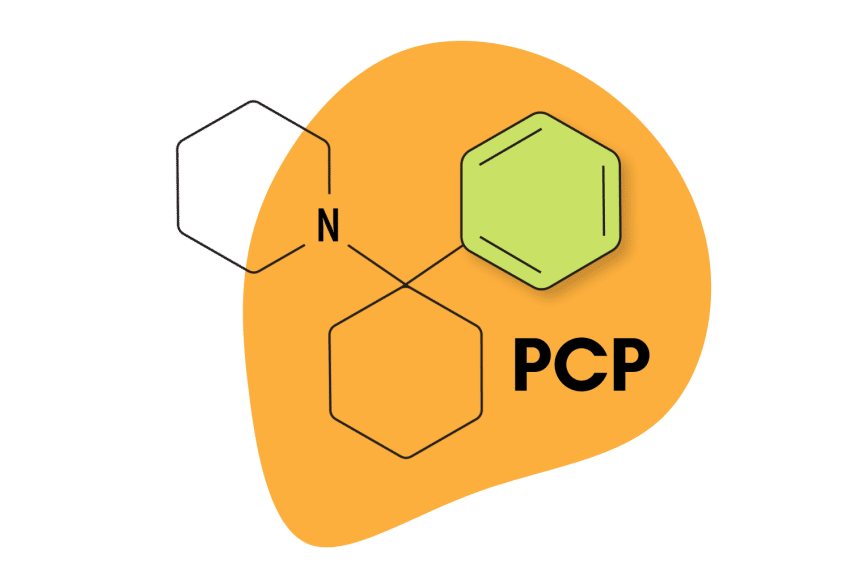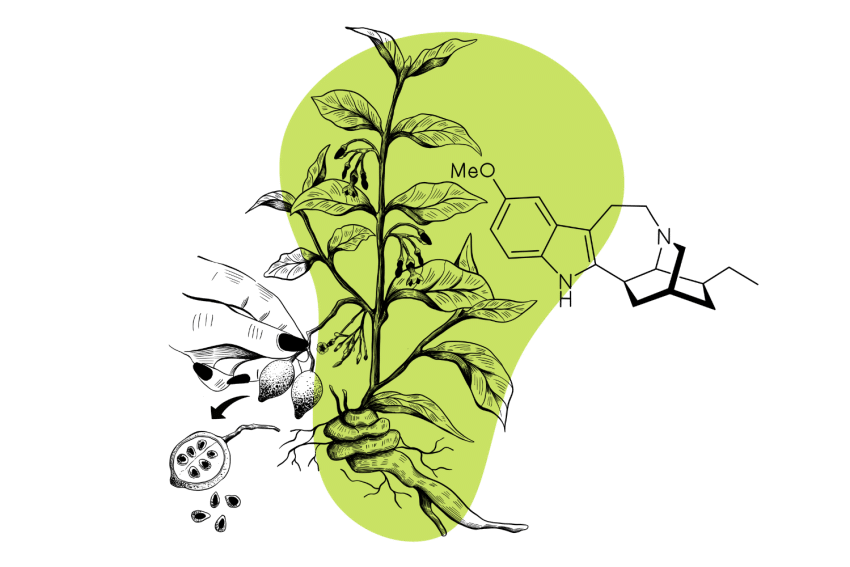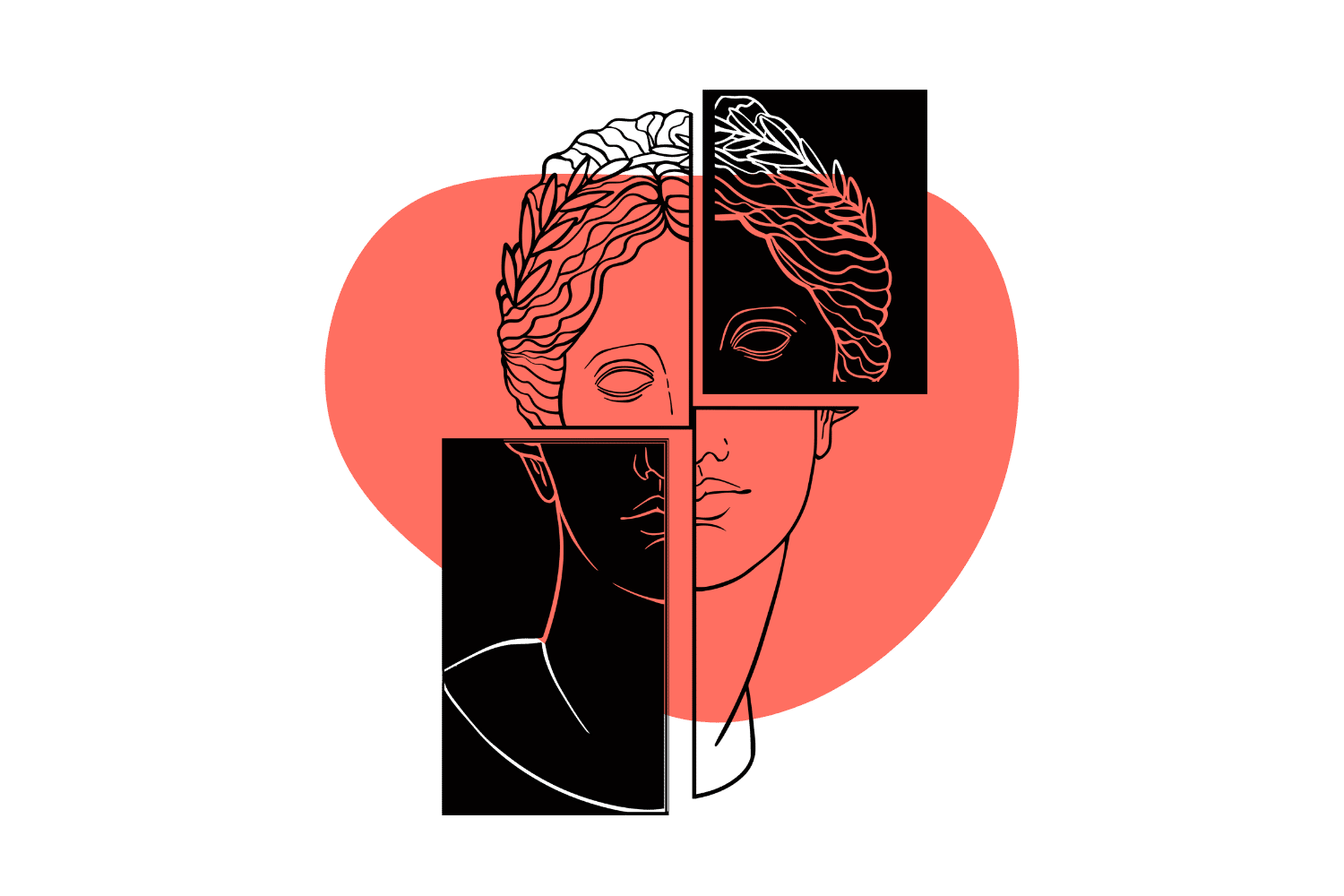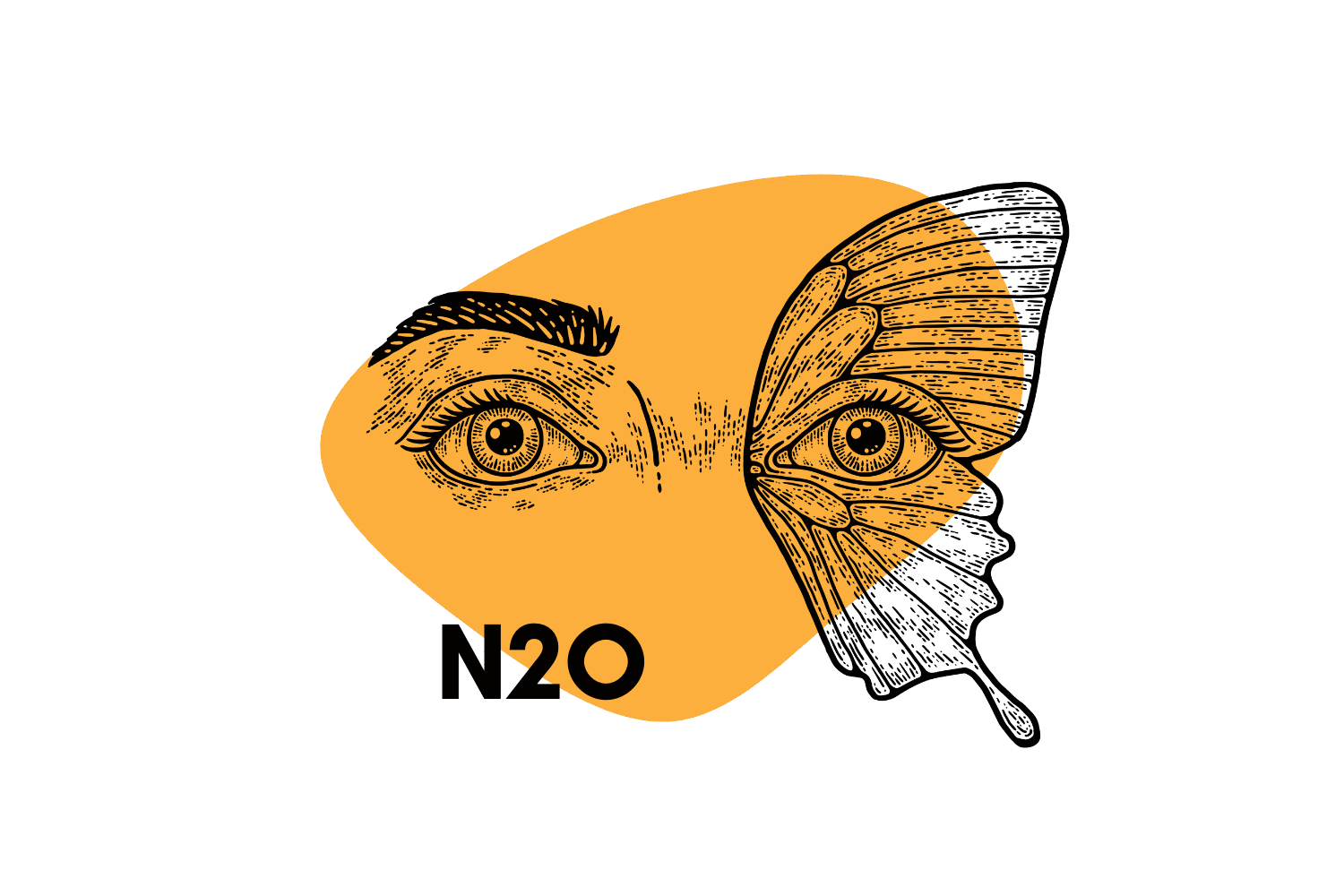DXM (Dextromethorphan): Effects, Dosage, & Safety
Robotripping 🤖 on cough syrup.
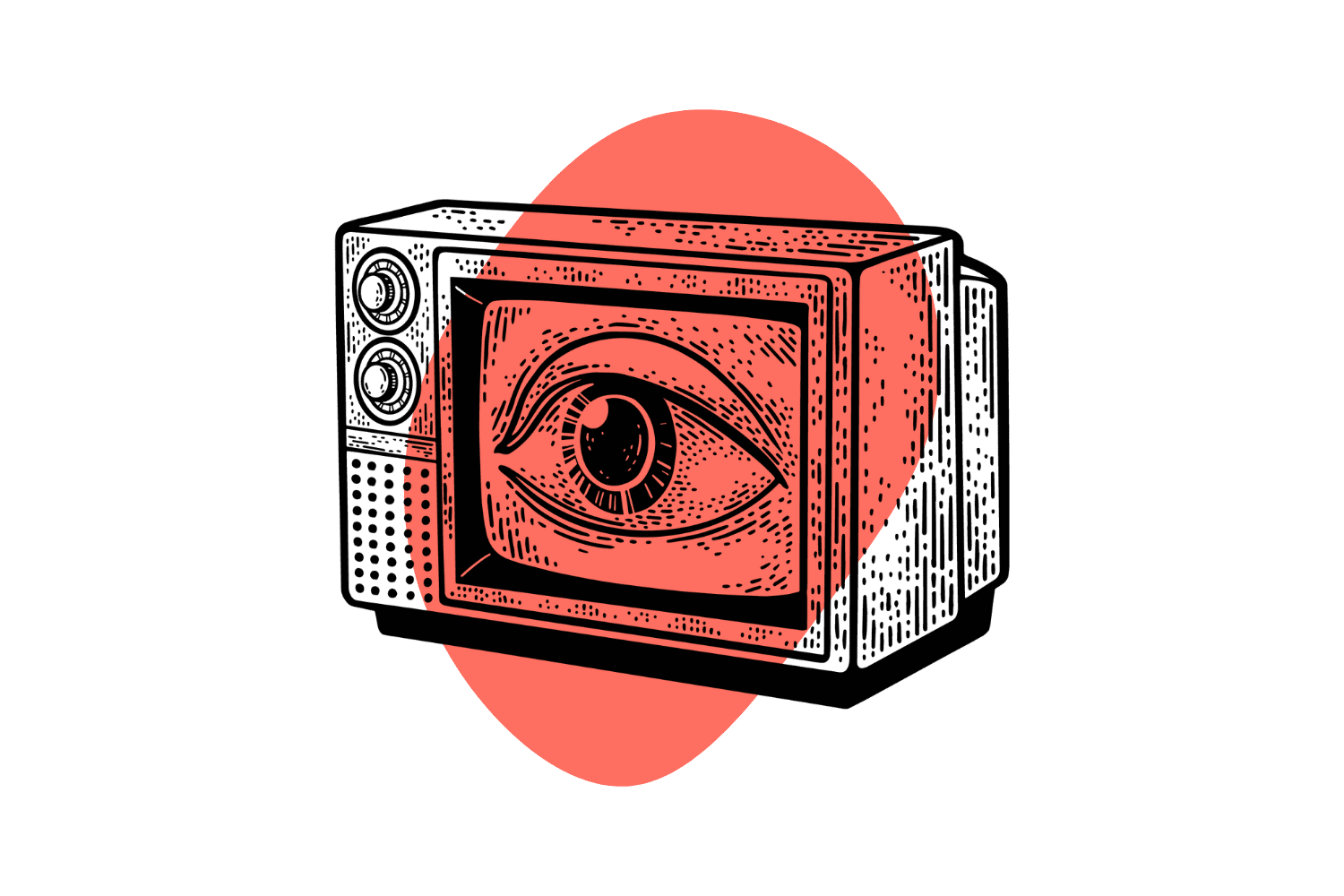
Robotripping, skittling, dexing — whatever you want to call it — DXM (dextromethorphan) is becoming increasingly popular among young people as a cheap and legal high.
This compound is the active ingredient in over 150 different over-the-counter cough medicines in the United States.
At the recommended dose, DXM has little, if any psychoactive side effects. In higher doses, DXM can induce states of inebriation similar to alcohol, dissociative states similar to ketamine, or full-blown psychotic episodes like PCP.
In this article, we’ll cover the four different stages of effects (called plateaus), as well as some important safety information to consider before trying DXM.
What is DXM?
DXM stands for dextromethorphan. The most common form you’re likely to find this compound is in over-the-counter cough medicines like Robitussin, NyQuil, or Coricidin.
In lower doses, DXM works great for relieving coughs during a cold or flu.
In higher doses, the effects of DXM become more psychedelic in nature. The effects of high-dose DXM feel a lot like ketamine or other dissociatives. They disconnect the mind from the body which can be both freeing and terrifying at the same time.
This compound is widely considered safe at low doses, which is why this drug remains readily available without a prescription.
However, in higher doses, DXM can become habit-forming and addictive. Very high doses (1500 mg or higher) can easily lead to psychotic episodes and permanent mental health issues.
This drug should not be taken lightly. If you plan to use DXM, it’s important you understand the risks and learn about the differences in doses for this compound.
DXM: Specs & Technical Details
| Chemical Name | Dextromethorphan |
| Level of Risk | Moderate (Can become addictive) |
| Street Names | Dex, Drix, Gel, Robo, Syrup, Skittles, Poor Man’s PCP, & more. |
| Most Common Side-Effects | Lethargy, loss of consciousness, hallucinations |
| Duration of Effects | 4 – 6 hours |
| Legality | Legal |
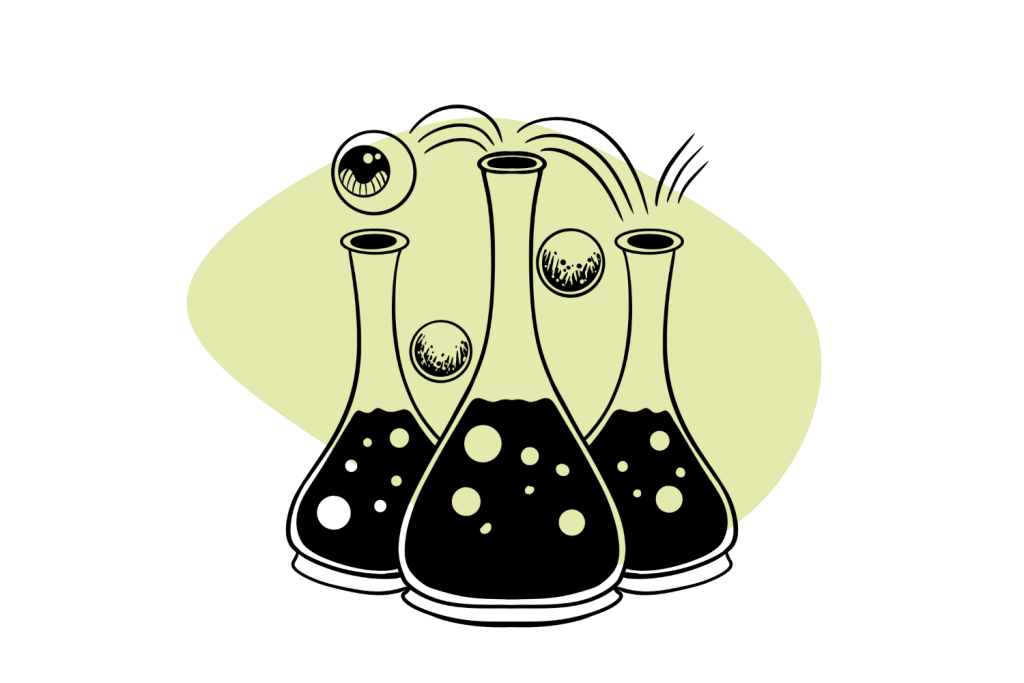
What’s The Dose of DXM? (DXM Dosage Calculator)
The effects of DXM vary depending on the dose you take. There Are four levels of DXM intoxication — referred to as plateaus.
There’s a general range of doses we can give for each plateau, but it’s much better to find your individual plateau based on your body weight. The effects of DXM change dramatically depending on the dose, so it’s important to be very accurate and aim for a specific plateau.
Even if DXM is taking a while to kick in, it’s never a good idea to take a second dose of DXM.
Double-check the potency of the DXM you’re using, and look for the addition of other compounds such as acetaminophen which can cause severe liver-toxic side-effects at this dose.
Warning: You should always check the potency of the DXM you’re using, and look for the addition of other compounds such as acetaminophen which can cause severe liver-toxic side effects in high doses.
In general, the dose for each plateau is as follow:
| Desired Effects | Minimum | Maximum |
| Plateau 1 | 1.5 mg/kg | 2.5 mg/kg |
| Plateau 2 | 2.5 mg/kg | 7.5 mg/kg |
| Plateau 3 | 7.5 mg/kg | 15 mg/kg |
| Plateau 4 | 15 mg/kg | 20 mg/kg |
1. The First Plateau
The dose for this plateau usually begins around 1.5 mg/kg up to 2.5 mg/kg.
This works out to somewhere between 100 and 200 mg for most people.
The first plateau produces effects similar to MDMA (ecstasy). It’s stimulating and mildly empathogenic. People at this stage feel talkative, energetic, and euphoric. This is the level most people aim for when out at a club or party.
What The First Plateau Feels Like:
- Euphoric
- Talkative
- Energetic
- Highly social
- Mild dissociative feeling
2. The Second Plateau
The dose for the second plateau is between 2.5 and 7.5 mg/kg.
This works out to between 200 and 550 mg DXM.
The second plateau is very different from the first. At this dose, the effects feel much more similar to alcohol but with a pronounced reduction in cognitive function. People at this stage feel drunk. Auditory and visual hallucinations are also possible at this stage.
What The Second Plateau Feels Like:
- Drunk sensation
- Loss of muscle coordination
- Euphoric
- Mild hallucinations
3. The Third Plateau
The dose for the third plateau is between 7.5 and 15 mg/kg.
This works out to somewhere between 550 and 1000 mg of DXM.
The third plateau is where most of the dissociative effects of DXM start to appear. Most people who take this much DXM become incapacitated. In their inebriated state, it’s common to experience strong dissociative hallucinations very similar to ketamine.
People at this stage may still be in control of their bodies, but with minimal coordination. People at this level often have a “robotic walk” — stumbling around in a very mechanical motion. Others lose control of their body completely and slump down in their chair or onto the floor.
What the Third Plateau Feels Like:
- Strong hallucinations
- Loss of muscle coordination
- In and out of consciousness
- Robo-walk and mechanical muscle movements
4. The Fourth Plateau
The dose for the fourth plateau is between 15 and 20 mg/kg.
This works out to around 1000 mg of DXM or higher for most people.
This plateau is very intense — producing extreme states of dissociation or delirium similar to PCP. The effects last a very long time too — often exceeding several hours, with persistent effects lasting up to two weeks.
Most people who reach this plateau don’t report the experience as being positive. It can produce terrifying or uncomfortable visions that are very difficult to get out of. Many people become aggressive or violent in this state. The only saving grace is the total lack of coordination with the body.
What the Fourth Plateau Feels Like:
- Intense visions & hallucinations
- Aggression or frustration
- Dissociation or delirium
- Loss of consciousness
How Long Do The Effects of DXM Last?
The effects of DXM usually begin about 30 minutes after taking it. Peak effects are reached somewhere between 2 and 4 hours after taking it and slowly fade out over the course of 4 to 6 hours.
In total, a DXM trip usually lasts around 6 hours — however, this can vary a lot depending on the dose.
High-dose DXM (especially plateau 4) can peak for several hours, and leave lasting effects up to 2 weeks after the initial dose.
How Strong is DXM Compared to Other Psychedelics & Dissociatives
DXM is not a strong psychedelic in the conventional sense. It only produces hallucinations and perceptual changes in higher doses which come with other effects like loss of muscle coordination and lower cognitive functioning.
DXM vs. Ketamine
In high doses (plateaus 3 and 4) are very similar to the effects of ketamine. Both drugs work through the same receptors (NMDA) and the visions are very comparable.
Ketamine is about 2 or 3 times as potent in terms of dose compared to DXM. 200 mg of ketamine is equivalent to around 500 mg of DXM.
DXM vs. Alcohol
The second plateau of DXM is most comparable in terms of effects to alcohol. The effects of DXM at this dose are very similar to being drunk. People feel inebriated, speech becomes slurred, and inhibition increases.
DXM vs. PCP
The highest dosage range of DXM is most comparable to PCP.
Powerful dissociative states take over, which can make it difficult to tell the difference between what’s real and what’s a hallucination. Similar to PCP, the experience is most often negative. The experience is frequently described as “terrifying.” Some people report lasting negative effects after taking doses this high — which is also common with PCP.
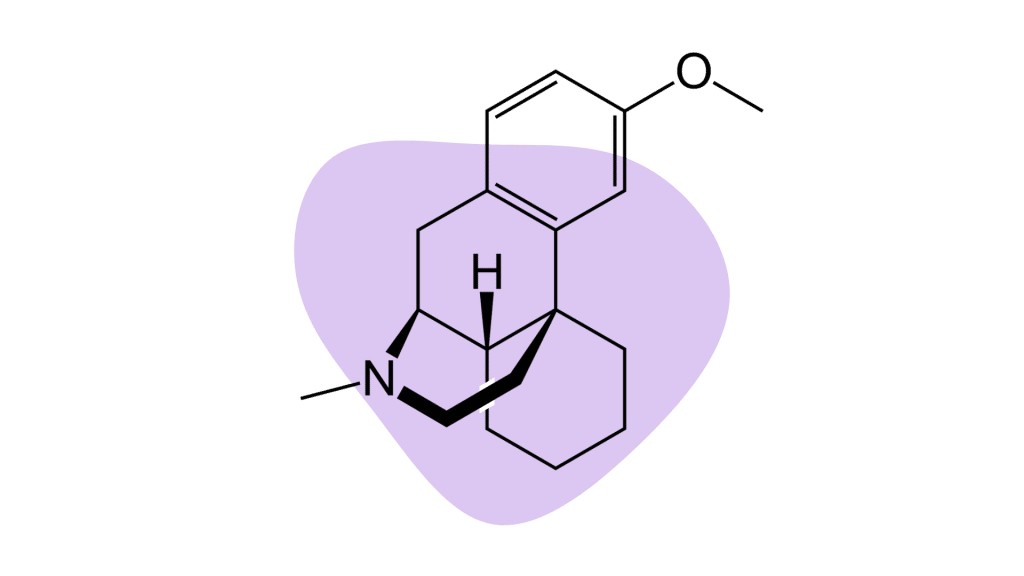
Is DXM Safe?
There have been very few deaths from people taking DXM, but there are some potential dangers to be aware of before you take this substance.
Any dose can lead to physical dangers such as heatstroke, respiratory depression (breathing that’s become too slow), or liver damage.
Higher doses of DXM are particularly problematic. The dissociative and deliriant effects can be very uncomfortable. Many people who are on a DXM trip can’t differentiate between what’s real and what’s a hallucination. They also lose control of their own thoughts and control of their physical body. Both of these effects can be terrifying.
Once you’re tripping on DXM there’s no way to end it. There are no safe trip killers for DXM. The best way to get through it is to try and sleep it off.
It’s very important to consider set and setting before you take DXM, and have someone you trust (and is sober) nearby. This substance can leave you in a very vulnerable state in higher doses. The lack of body control makes this a popular drug for predators as a date rape drug.
The Potential Dangers of DXM:
- Heatstroke and overheating
- Liver damage (from additives in some DXM formulas such as acetaminophen)
- Dangerous or reckless behavior
- High state of vulnerability to predators
- Triggering psychotic breaks in susceptible individuals
There are also a variety of potential adverse side effects from DXM to be aware of as well.
Side Effects of DXM
- Increased body temperature
- Sweating
- Loss of muscle control & coordination
- Slurred speech
- Hallucinations
- Irregular heart rate
- Slow breathing
- Lethargy or fatigue
- Temporary loss of consciousness
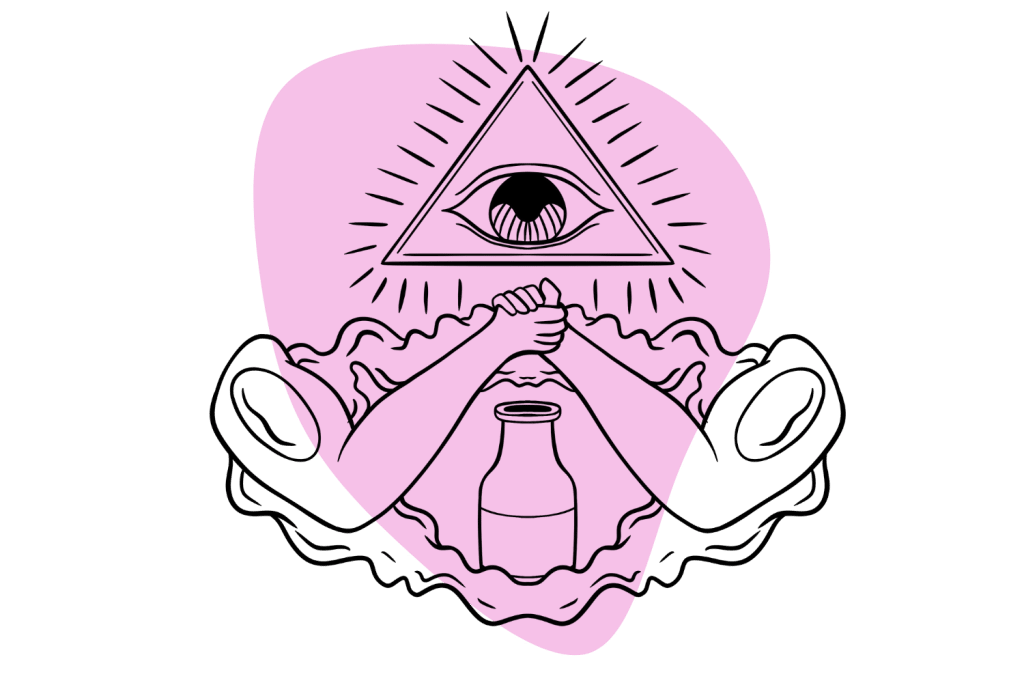
What DXM Overdose Looks Like
Unlike classical psychedelics (LSD, DMT, psilocybin, mescaline), it’s possible to overdose on DXM.
If you feel as though someone may be overdosing on DXM, call 911 immediately — DXM overdose can be lethal if proper medical support isn’t administered immediately.
Signs of DXM overdose include:
- Irregular or slowed breathing (less than 10 breaths per minute)
- High blood pressure (higher than 130/80)
- Increased body temperature (feels hot to the touch)
- Vomiting
- Blurred vision
- Blue tinge around the lips or fingernails (signs of hypoxia)
- Extreme drowsiness
- Seizures
DXM Drug Interactions
There are a lot of medications DXM may interact negatively with as well that can increase the chances of experiencing side effects or overdose on the drug.
In general, you should never mix any other drugs, alcohol, or prescription medications with DXM. Doing so can dramatically increase the chances of experiencing side effects or overdose.
Here are a few examples to be aware of:
- Alcohol (increased chance of overdose)
- MDMA (increased effects)
- Ketamine (increased effects)
- Opiates (increased chance of overdose)
- Cocaine (increased chance of overdose)
- PCP (increased risk of psychotic episodes)
- Acetaminophen (increased risk of liver damage)
- Antihistamines (increased chance of overdose)
- Benzodiazepines (increased chance of overdose)
Is DXM Addictive?
Yes, DXM is both physically and psychologically addictive.
The first stages of DXM addiction begin with a behavioral addiction. It can become routine to use DXM in a social setting with friends who also take DXM.
Over time, DXM can form a physical addiction as well. If you stop taking it, you’ll begin to experience the effects of withdrawal, which can only be alleviated by using more DXM.
At this point, it becomes much harder to quit using the substance. Every time you stop taking it, withdrawal symptoms start to appear — prompting you to take more of it to feel normal again.
Signs of DXM Addiction
- Compulsively using the drug despite clear negative impact on other aspects of life
- The need to use higher doses of DXM to achieve the same level of effects
- Irritability or discomfort if access to DXM is blocked
- Distancing from friends and family
- Lack of motivation in other areas of life — such as work or school
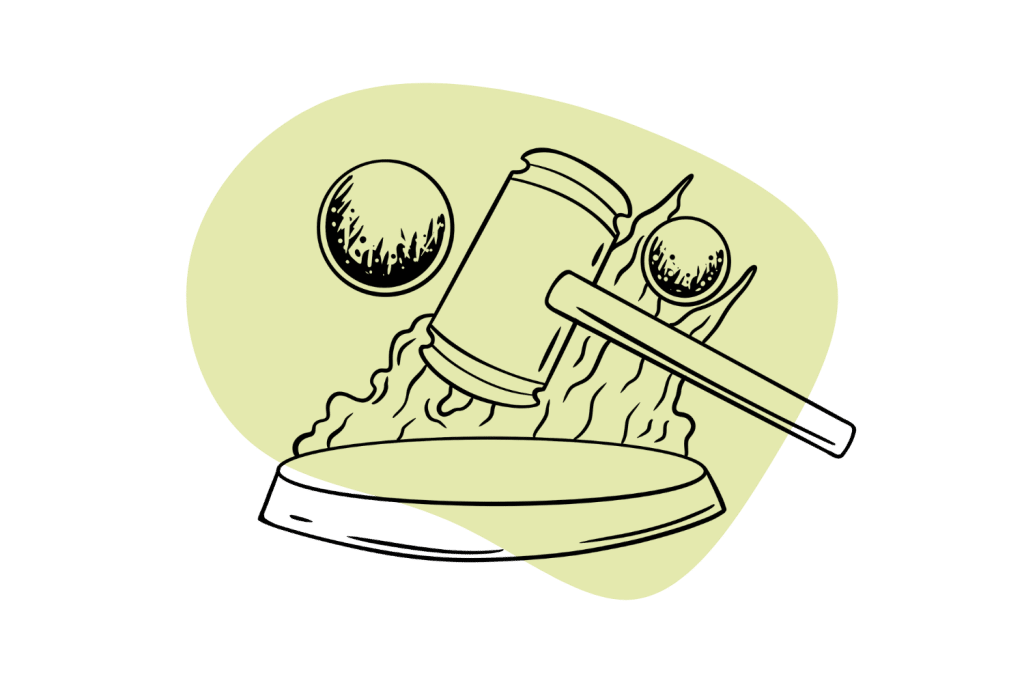
Is DXM Legal?
Technically, yes, DXM is legal and can be bought without a prescription from local pharmacies. The most common form of legal DXM is cough medicines, which use this compound as the active ingredient.
In the United States, DXM was specifically excluded from the Schedule II substance list. This compound is an isomer of levomethorphan — which is an opiate drug. All analogs or isomers of opiates are automatically added to the Schedule II listing. DXM was removed because it doesn’t have opiate effects, but this action had to be done through a specific exemption.
This means DXM is not considered illegal in the United States. But it doesn’t make it safe.
Most countries follow suit, with a few exceptions. DXM is specifically banned in France, Sweden, Russia, Indonesia, Estonia, Latvia, and the United Arab Emirates.
Suggested Reading: Legalization vs. Decriminalization: What’s the Difference?
How DXM Works
DXM isn’t the active ingredient; it’s a prodrug for dextrorphan — which is what produces the majority of the effects of the drug. Once absorbed through the digestive tract, DXM is quickly converted to dextrorphan by the liver.
Its therapeutic purpose — cough suppression — works by reducing the cough reflex in the brain. This is a big advantage to other cough suppressants that work by reducing muscle movement in the lungs. DXM reduces the threshold for coughing without affecting other important functions like ciliary movement (the tiny hairs in the lungs that clear out phlegm and bacteria).
The psychedelic effects of DXM work through a similar mechanism to other dissociative drugs like ketamine and PCP. It’s a dissociative, which means it disconnects conscious thought from reality. It can force the mind into a state of altered reality and dissolve the concept of self vs. others.
DXM, like other dissociatives, works by blocking the NMDA receptors in the brain.
The NMDA receptors act as a gate for the transmission of information around the brain. They’re necessary for memory formation and retrieval, conscious thought, and much more.
Drugs like DXM block the NMDA receptors and make it more difficult for the transmission of information in the brain. This can lead to lethargic thought processes in smaller doses and complete dissociation and amnesia in higher doses.
DXM also has mild serotonin and norepinephrine reuptake inhibitors — which means it can increase the concentrations of serotonin and norepinephrine in the brain. This effect explains the euphoric effects of DXM, especially in the 1st and 2nd plateau of effects.
To summarize: The mechanisms involved with DXM include:
- NMDA receptor antagonist
- Serotonin and norepinephrine reuptake inhibition (SNRI)
- Sigma-R1 agonist
- Modifies the nicotinic acetylcholine receptors
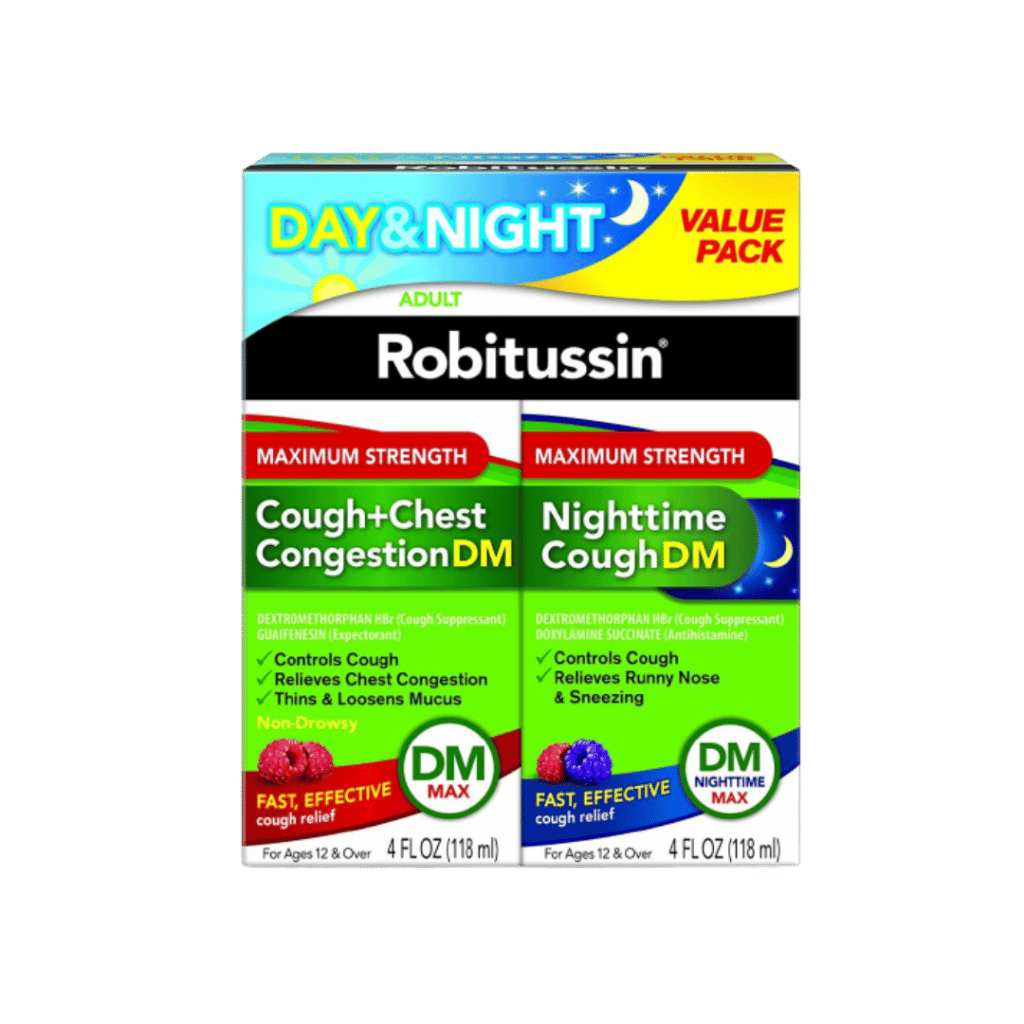
Final Thoughts: Is DXM Safe?
DXM is used as a “legal” high in most parts of the world. It’s most popular among young people due to the relatively high availability of this drug from local pharmacies in the form of over-the-counter cough medicine.
However, this doesn’t mean DXM is safe to use. In low doses as a cough suppressant, DXM has shown very minimal side effects and a low level of risk. In higher, psychoactive doses, there are many negative side effects associated with DXM use.
It can lead to hyperthermia, loss of consciousness, lowered inhibition, and increased risk of self-inflicted or external harm.
DXM can also become addictive over time — both behaviorally and physically.
Subscribe To Get a Weekly Dose of Psychedelics In Your Inbox
References
- Martinak, B., Bolis, R. A., Black, J. R., Fargason, R. E., & Birur, B. (2017). Dextromethorphan in cough syrup: the poor man’s psychosis. Psychopharmacology bulletin, 47(4), 59.
- Bem, J. L., & Peck, R. (1992). Dextromethorphan. Drug Safety, 7(3), 190-199.
- Nicholson, K. L., Hayes, B. A., & Balster, R. L. (1999). Evaluation of the reinforcing properties and phencyclidine-like discriminative stimulus effects of dextromethorphan and dextrorphan in rats and rhesus monkeys. Psychopharmacology, 146(1), 49-59.

